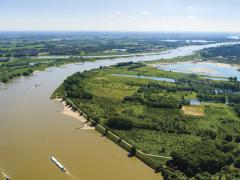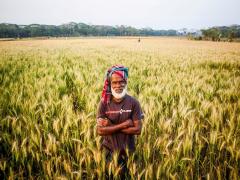Key determinants of global land-use projections
Land use is at the core of various sustainable development goals. Long-term climate foresight studies have structured their recent analyses around five socio-economic pathways (SSPs), with consistent storylines of future macroeconomic and societal developments; however, model quantification of these scenarios shows substantial heterogeneity in land-use projections. Here we build on a recently developed sensitivity approach to identify how future land use depends on six distinct socio-economic drivers (population, wealth, consumption preferences, agricultural productivity, land-use regulation, and trade) and their interactions.
Spread across models arises mostly from diverging sensitivities to long-term drivers and from various representations of land-use regulation and trade, calling for reconciliation efforts and more empirical research. Most influential determinants for future cropland and pasture extent are population and agricultural efficiency. Furthermore, land-use regulation and consumption changes can play a key role in reducing both land use and food-security risks, and need to be central elements in sustainable development strategies.
Authors
Specifications
- Publication title
- Key determinants of global land-use projections
- Publication date
- 15 May 2019
- Publication type
- Article
- Publication language
- English
- Magazine
- Nature Communications
- Issue
- Nature Communicationsvolume 10, Article number: 2166 (2019)
- Product number
- 3734




